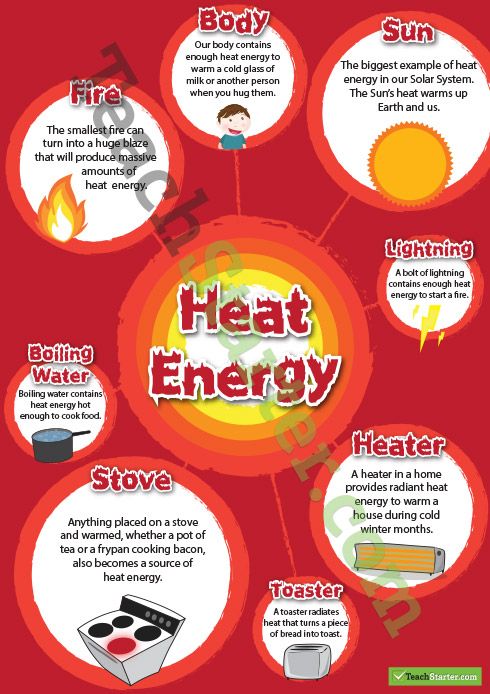Back to: BASIC SCIENCE JSS2
Hello! Welcome to JSS2 Second term.
We are going to build on our last term work.
In today’s class, We will be discussing work, energy and power. Enjoy the class!

WORK, ENERGY AND POWER
Work, energy and power are terms that you are very familiar with. These three terms are closely linked as we will see later in the lesson.
When you lift a bucket of water and move it, you supply force to do the work on the bucket. You must have possessed some form of energy to be able to supply the force to do the work.
How fast or quickly you are able to perform this work when compared with other people is determined by your power.
We shall be looking at the meaning of work, energy and power, the concept of work, energy and power; and the various forms of energy like heat, light, kinetic, potential etc.
WORK
Work is the product of a force on an object and the displacement of the object in the direction of the force.
For work to be done, a force must be applied and this force must produce a displacement in any direction except perpendicular to the direction of the force.
For example, a man pushing a wheelbarrow exerts a force in the same direction at the distance of the wheelbarrow.
Hence, the formula is
Work = Force x Distance
The SI unit of work is Joule.
Energy
Energy causes a lot of things to happen around us. Energy can be defined as the capacity to do work. You cannot walk, run or do some other activities unless you have energy.

We have several forms of energy, they are:
Heat energy:
This form of energy is used to cook food, iron clothes and boil water to produce steam that operates steam engines.

Light energy:
Plants use light energy to make their food in the process of photosynthesis.
Sound energy:
It enables us to hear sounds of different kinds such as human speech, animal sounds, singing, radio and television sounds and thunder.
Electrical energy:
This can give an electric shock. It is used to operate electric fans, radio sets, television sets, refrigerators and many other appliances.
Chemical energy:
This is the energy contained in chemical substances such as food, candle and petrol. When this chemical energy is released, it can do work.
Nuclear energy:
This is used for peaceful purposes such as the production of electricity and can also be used for military purposes.
Mechanical energy:
This is the form of energy which a body possesses by virtue of its position or its movement. There are two forms of mechanical energy
Potential energy:
This is the energy a body has by virtue of its position. For instance, if a stone is raised 10 meters high, it now has potential energy. If it is allowed to fall, it can break a plate, or a glass of water or injure a person’s toes.
Kinetic energy:
This is the energy of motion of a body. Any object that is moving has kinetic energy. For example, the wind can break tree branches.
When a force does work on an object, energy is exchanged between the object and its surroundings.

Power
The rate at which energy is exchanged is called power. Power can be defined as the rate at which work is done and it is calculated as work done divided by the time taken.
Power is measured in watts or horsepower for large power measurements.
We do hope you enjoyed the class? In our next class, we will be talking about Potential and Kinetic Energy.
Should you have any further question, feel free to ask in the comment section below and trust us to respond as soon as possible.
